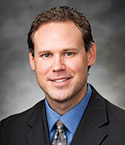May 2022
100th Anniversary
HP Flashback: Excerpts from the 1960s: Petrochemicals rise in prominence and new know-how in refining processes
Petrochemicals rise in prominence and new know-how in refining processes
This is a preview of our premium content. Thank you for your interest—please log in or subscribe to read the full article.







Comments